The mountains are now covered with snow. Many of you have probably already been there this Christmas and brought your children along. A very fun season is starting in which we can enjoy being outdoors with our little ones, playing in the snow and doing winter sports.
Skiing, snowboarding, snowshoeing or just taking a sledge out are some of the activities that we can enjoy. These types of snow sports allow children to develop their psychomotor activity, confidence and autonomy.
The snow, however, while lots of fun, is also the frequent backdrop for small falls and accidents. It is calculated that 80% of injuries that are caused can be avoided, as we have been informed by the Hospital Sant Joan de Déu in their report from the Faros observatory.
Risks of winter sports
We need to ensure that the skis and the boards are suitable for your height, that the boots are the right size, that they are properly done up and perfectly fit around your ankles. You should also wear a helmet in order to avoid injury. We will not leave you alone or allow you to access steep, rocky or hilly terrain. You should not leave the signposted areas that are reserved for children.
Nevertheless, and despite these precautions, it is inevitable that with speed, novelty and the excitement of playing in the snow, small injuries and falls will occur. That’s why we carry Calmatopic with us in our anorak pockets in any of its formats (roll-on or stick), and we will let the little frog’s natural ingredients alleviate the pain of the incident.
We want to give you some small guidelines so that your sporting days out are safer and nothing takes you by surprise.
Warm clothing, a must for enjoying the snow
Our little ones should be protected from the low temperatures but not so much that they heat up and sweat. Ideally we dress them in layers so that they can remove some if they get hot.
It is important for the clothing to be waterproof and to breathe, so we should leave the cotton t-shirts at home. They do not absorb sweat properly. Let’s go for three layers: a thermal t-shirt, polar lining and an anorak.
We will also ensure that they wear gloves, a hat so that they do not lose warmth (warmth is mostly lost through the head) as well as a neck warmer scarf to avoid snagging. We will add sunglasses with a good solar filter in the glass to protect them from the radiation (polarised lenses are better) and from blizzards.
And do not forget the sunscreen. We normally associate sunscreen with the beach and heat, but snow is capable of reflecting a very high refractive index and increasing the impact of ultraviolet radiation. This can lead to burns, redness and cracked skin. We should buy one that meets the needs of our little ones and apply it frequently.
When to rest?
Small children hardly notice when they are tired until they cannot do any more. It is our responsibility to organise a fun day, full of activities, but one that is suited to their age and limitations. We should keep asking them, without nagging them, if they are tired or if they feel like stopping for a while. Having a snack might be a good excuse to stop and have a rest.
It is also important to observe certain signals that give us clues that our children need to stop, like when their lips look blue because of the cold or if the layers of clothes closest to their skin look damp. Here it will be important to explain to them that they should let us know or tell their supervisor so that they don’t get cold and don’t get sick.
Don’t neglect their nutrition
With so much emotion and novelty it is important that our little ones are get enough energy so that you can enjoy such an active day out. We should follow these guidelines:
- Full breakfast: the first meal of the day is essential to guarantee they have an optimum nutritional state. Even more so taking into account that we are going to be playing non-stop for the whole day.
- Hydration: whenever we take part in any sport we need to replace the liquid lost with the effort. We are less inclined to drink water when it is cold, but we should regularly offer it to children (or even natural fruit juice) and ensure that they drink several times throughout the day.
- Glucose: that natural sugar that is converted in races and jumps. Give it to children in the form of a piece of fruit, dried fruits or, our great ally with children: chocolate.

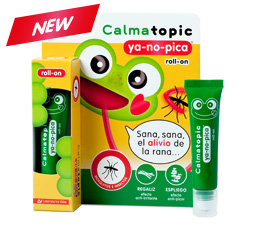
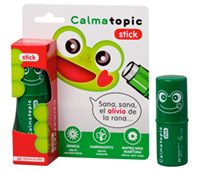
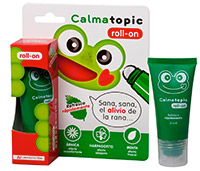
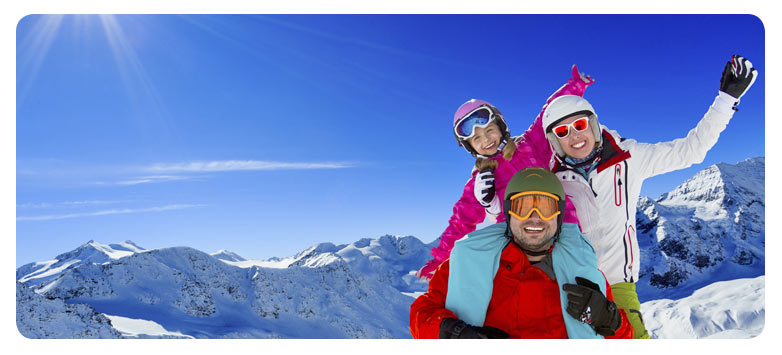
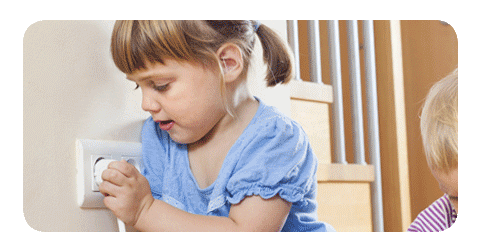
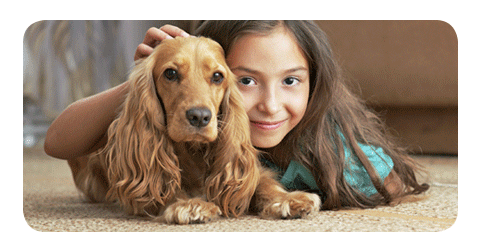
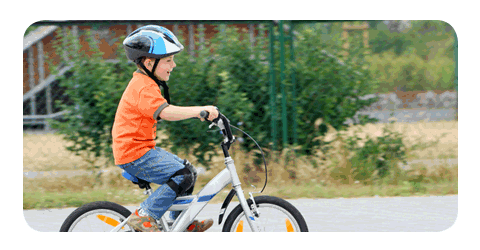
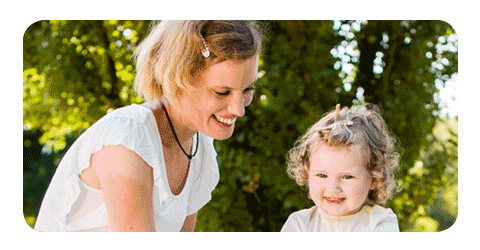

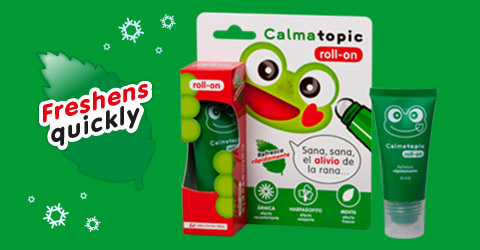
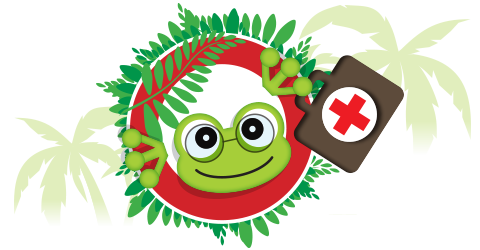
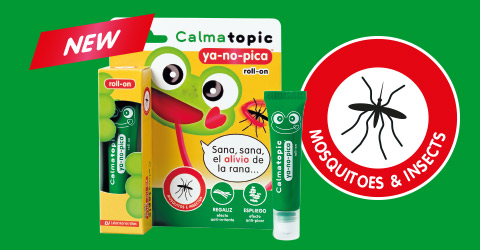

Comments
No Comments